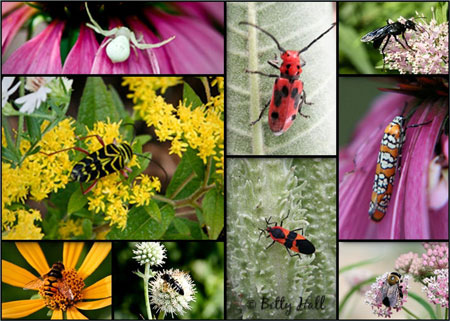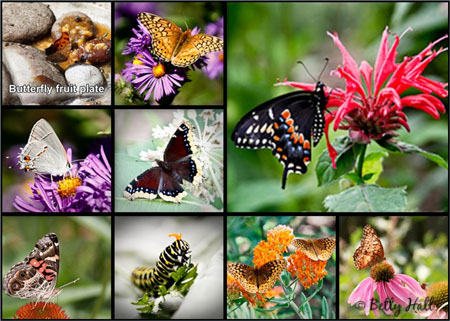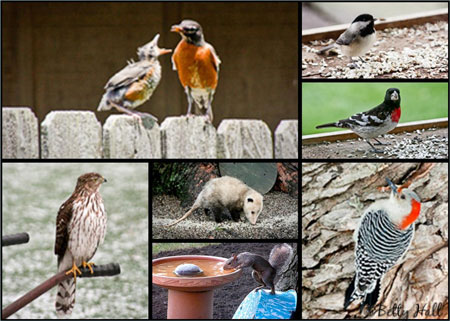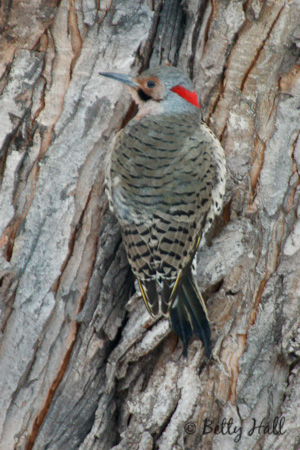At a good friend’s suggestion, I applied for certification as a Kentucky Backyard Wildlife Habitat. It was an interesting learning experience.
The application process included listing plants in the backyard and how they are used by wildlife, other food sources like our bird feeders, wildlife cover, and water resources. It helped me see what we’ve already done for wildlife and how we can do more.
I included some photographs in the application. This one shows a few of our backyard insects.
Here are some of our 2010 backyard butterflies.
And here’s a sampling of our birds and mammals.
When we first re-worked the backyard, I focused primarily on the plants. Applying for the certification has helped me realize how the changes have affected the wildlife we see, and how much that adds to my enjoyment of the backyard. I’m interested in exploring how we can encourage wildlife even more.
I now realize we have only one nesting box, a wren house. I want to add one or two chickadee houses and possibly a bat house. I also want to identify more of the insects in the garden, and I’m hoping some of the neighborhood kids will help.
I’m pleased to report that a panel reviewed my application, and our backyard is now an officially certified Kentucky Backyard Wildlife Habitat.




